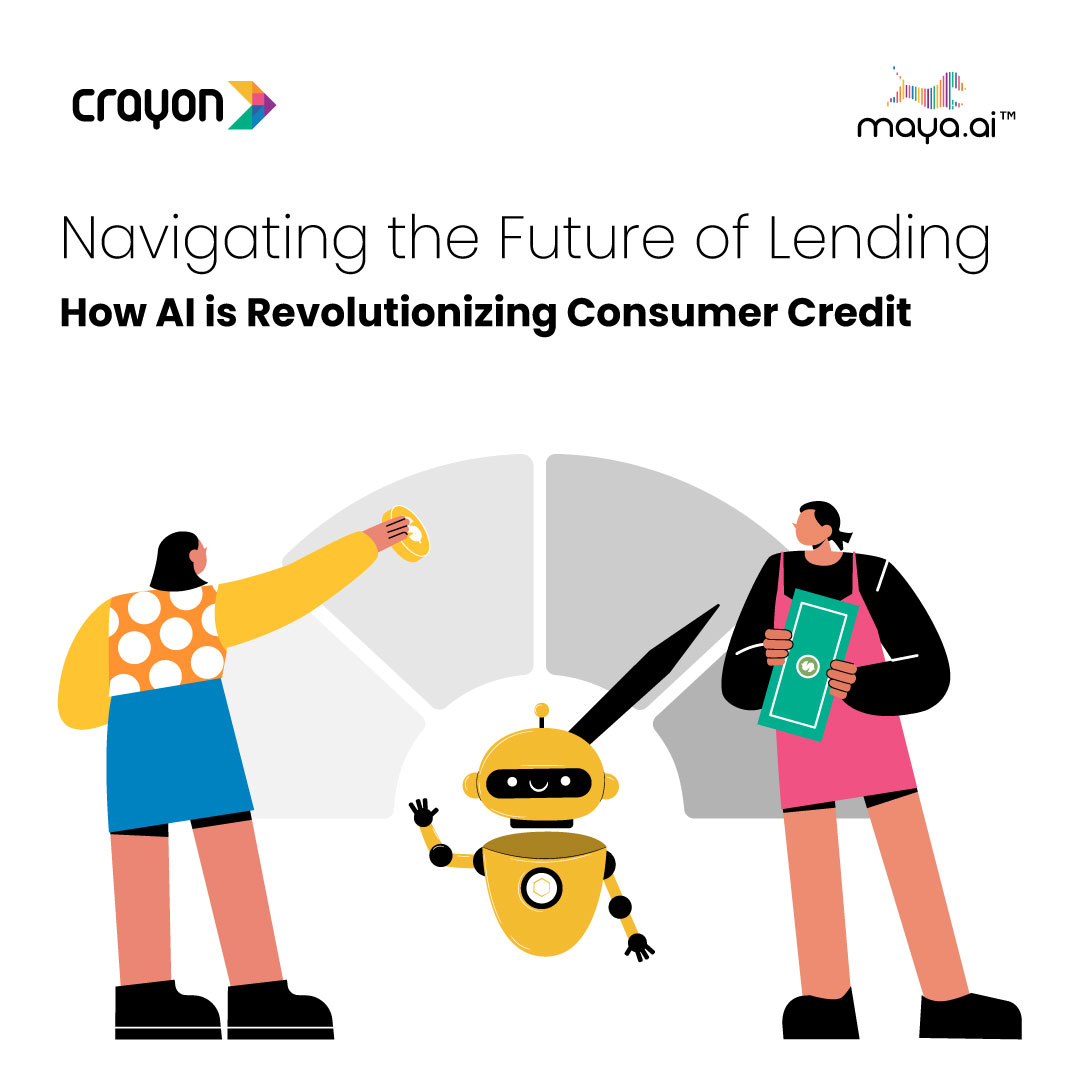Sometime in the early 90s, a journalist for a mass-market magazine wrote about Gopher, and how it was the tool that was going to revolutionise the Internet. A simple search tool, Gopher, would let users scour through all the information that the Internet held.
Then slowly, things began to change. With the Commercial Internet Exchange, access to the Internet became far more democratised. Finally, in January 1993, two graduate students at the NCSA (National Center for Supercomputing Applications) released the world’s first-ever browser: Mosaic.
The story of the Internet might as well be as old as time itself. We’ve come a long way since the advent of Mosaic, which pretty much turned the Internet on its head.
Since then, Mosaic and subsequently, the modern Internet as we know it has set off designers on a relentless pursuit to understand what it means to create great design on the web.
Some of these pursuits have given us results that have completely upended the world of design: incorporating multimedia, HTML5 standards and top-notch design elements. This only means that the web design industry is poised to change faster than we can anticipate in the next few years.
Design and Artificial Intelligence
Web design has grown explosively in the past 25 years and with it, brought insane levels of sophistication and attention to detail. In fact, it’s gotten so advanced that now we’ve started considering the possibility of letting artificial intelligence do it for us.
The technology might still be in its early years, but a simple search on Google Trends will tell you that the words ‘artificial intelligence’ peaked sometime in early 2018. Just a couple of years back. Which means there’s keen interest in AI in web design or artificial design intelligence (ADI).
People are slowly waking up to what it could mean for the rest of humanity. Though you may not necessarily have robots designing everything for you right away, it does mean that much of the work can be mechanized from now on.
Before we move on to how AI can change the future of the web design industry, let’s find out what Artificial Design Intelligence is.
Getting To The Bottom of Artificial Design Intelligence
A conversation about artificial intelligence in web design is incomplete without delving into what AID means. To put it simply, AID is artificial intelligence that makes use of machine learning to identify and incorporate future web design trends. Essentially, it’s technology that can make websites on its own (yes, we’re serious!).
However, outlandish as it may sound, AID as a concept has really taken hold in the last several years. Case in point: AI-powered platforms such as The Grid and Bookmark.
Back in 2014, The Grid raised close to $4.6 million as part of its in-built design assistant technology. Subsequently, many more companies have since joined the bandwagon, such as Adobe Sensei, Firedrop and Wix.
So why build a bot to do it in the first place? Right now, if you want to make your own website, you’d either have to hire professional web designers or do it yourself. AID, as many companies would have you believe, offers users a third means of building a website. It blends the creative ideas of a designer with automated technology. Sounds too good to be true, right?
So now you know what AID is and how it’s stated to change how web design presently works. Here’s looking at a few ways that AI is currently transforming the landscape of web design and development.
Artificial Intelligence and UX Design: A Match Made in Heaven?
The most obvious way that artificial intelligence has managed to change things is in the usage of the various AI tools that are now standard elements of modern web design.
The most popular of these AI tools have been chatbots, those omnipresent fixtures on modern websites. The ever-increasing use of chatbots can probably be attributed to the fact that they help ease the gap between websites and their users, which means increased usability. Have a question? Talk to a chatbot. Need to cancel an order? Talk to a chatbot again.
Although the earliest chatbots were little more than conversation threads, modern chatbots now employ the most advanced natural language processing systems to help visitors or customers build more fruitful conversations with brands.
The Designer’s Dream Come True: AI-based Web Design
One of the bigger splashes that artificial intelligence made in web design was by complementing the very activities of the designer themself. An increasingly large number of AID tools are now shifting towards building websites automatically.
Some of the most well-known examples of this have been Wix and Bookmark that now do a commendable job of developing websites in seconds.
The Grid, the AI-powered web design company, aimed to be the first-ever fully-automated design shop. If its website is any indication, it probably wasn’t much of a success.
Artificial Intelligence: Informing Data Trends
AI isn’t just used to create automated websites; now, it can also figure out and predict what kind of design works best and how to best refine its results.
For this, several AI-powered analytics tools and companies have come to the fore that promise to help web designers and developers gain a real insight into how their design works in the real world.
The prominent artificial intelligence consulting company Convincely delivers highly focused CRO services that help developers maximise their site’s impact on customers.
AI In Web Design: A Modern Myth or Reality?
As AI becomes more and more sophisticated by the day, it is only a matter of time till it assumes some of the key roles in web design and development. Having said that, it’s not going to make human designers obsolete any time soon, although it may make some of their tasks obsolete.
The possibilities for AI are endless: very soon, we could witness websites that adapt to every user’s personal needs, rather than the singular approach that we see now. The Internet of the future could become a lot more fluid and user-centric thanks to AI in web design.




